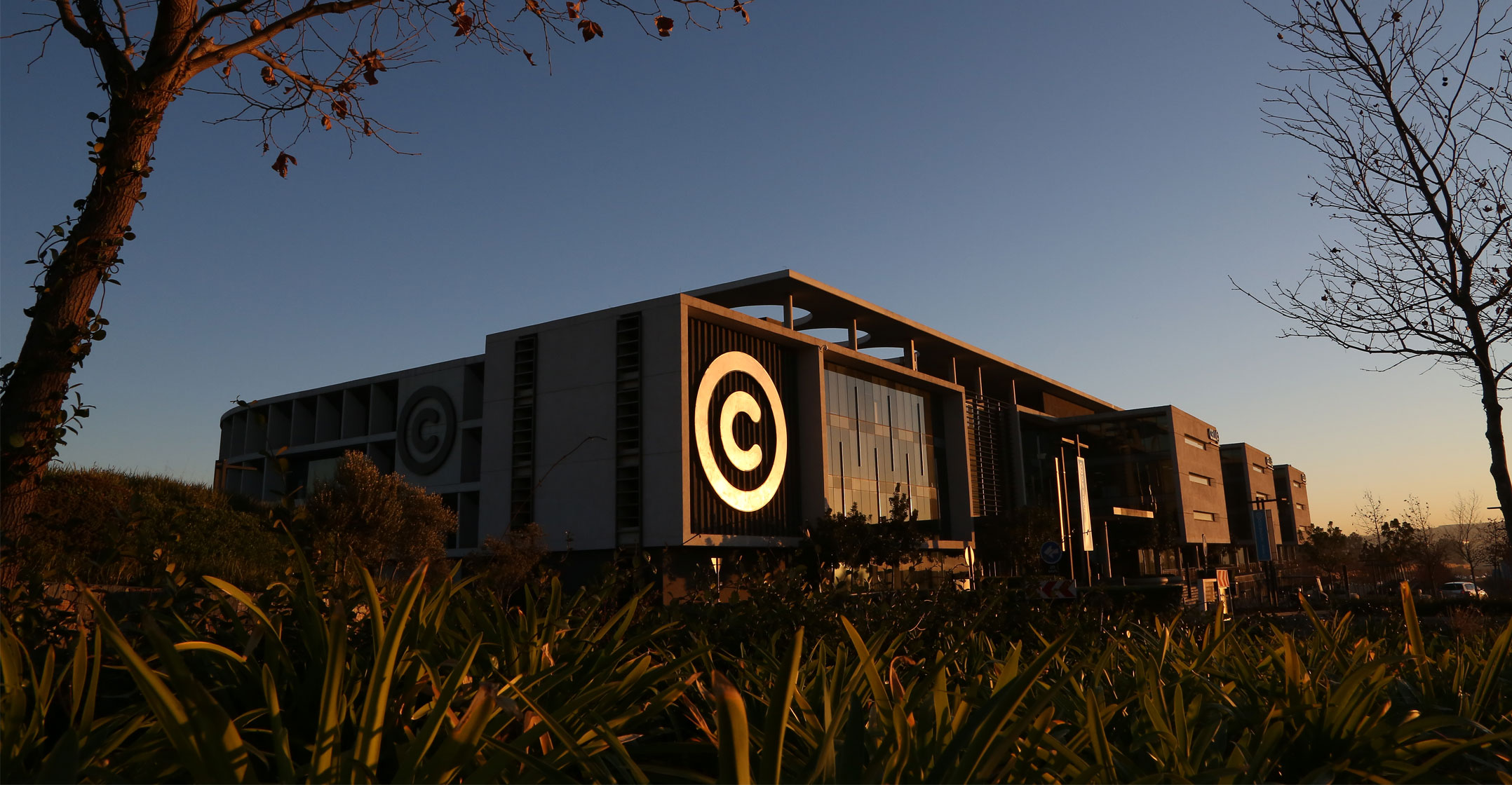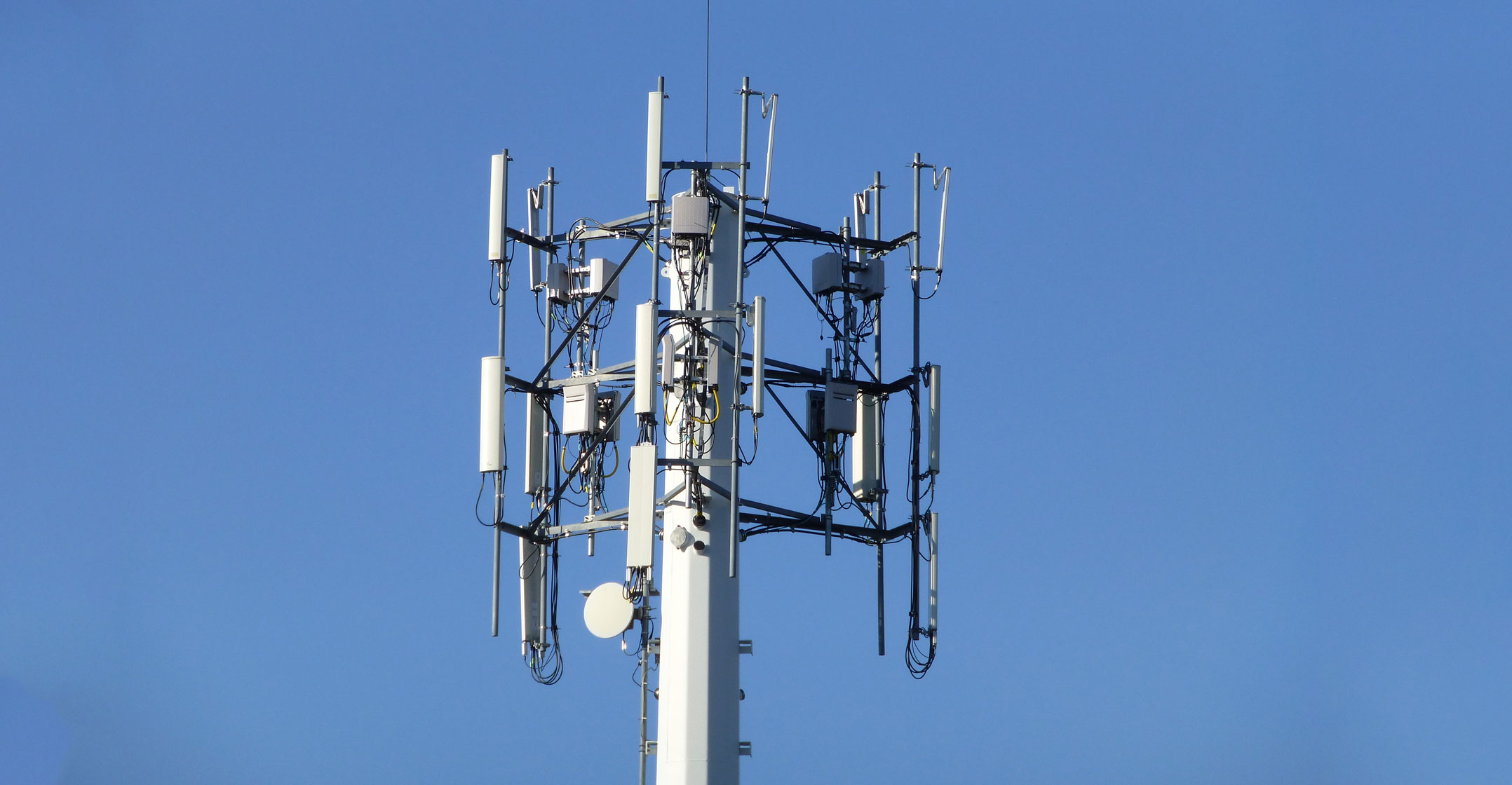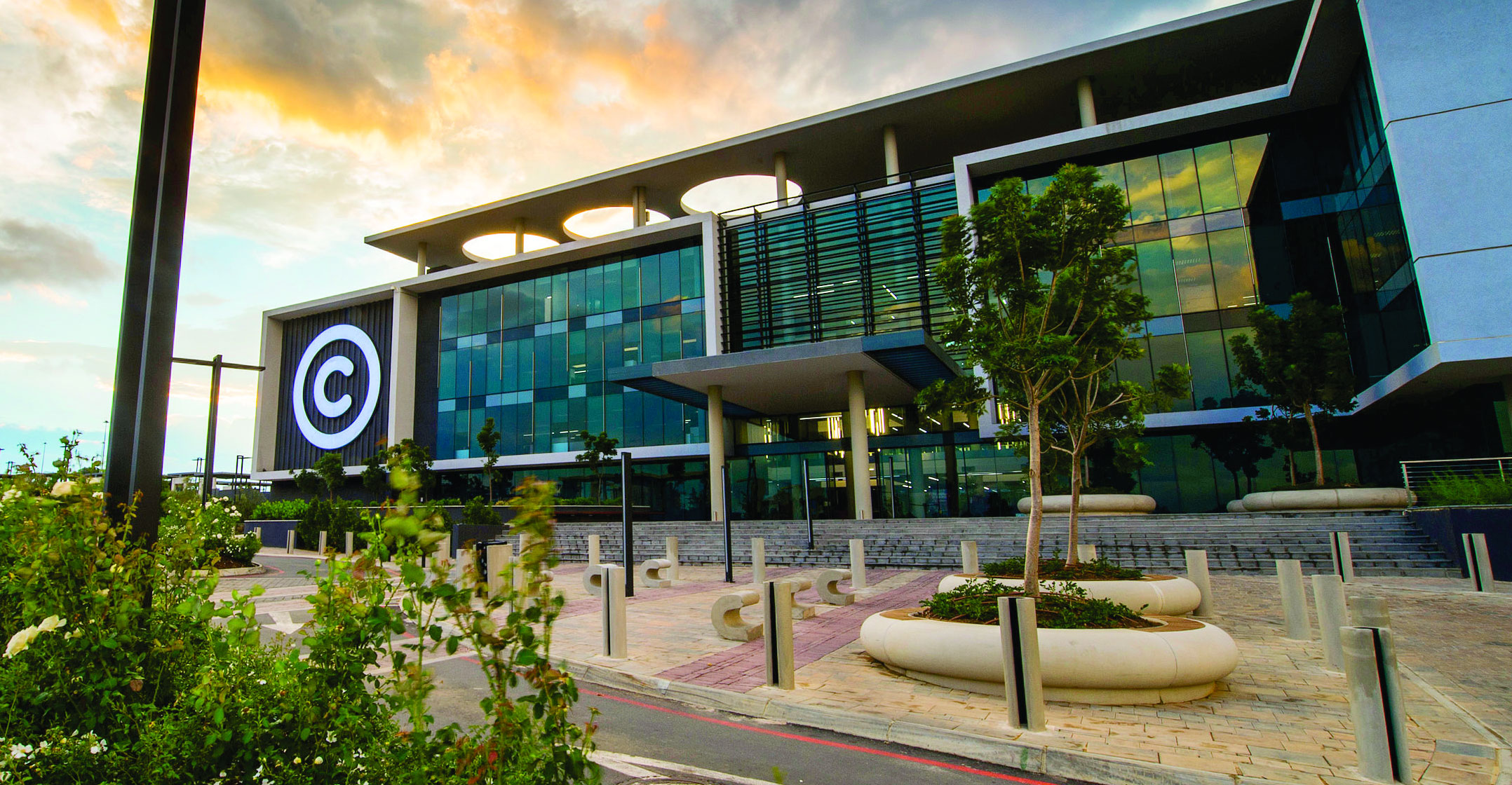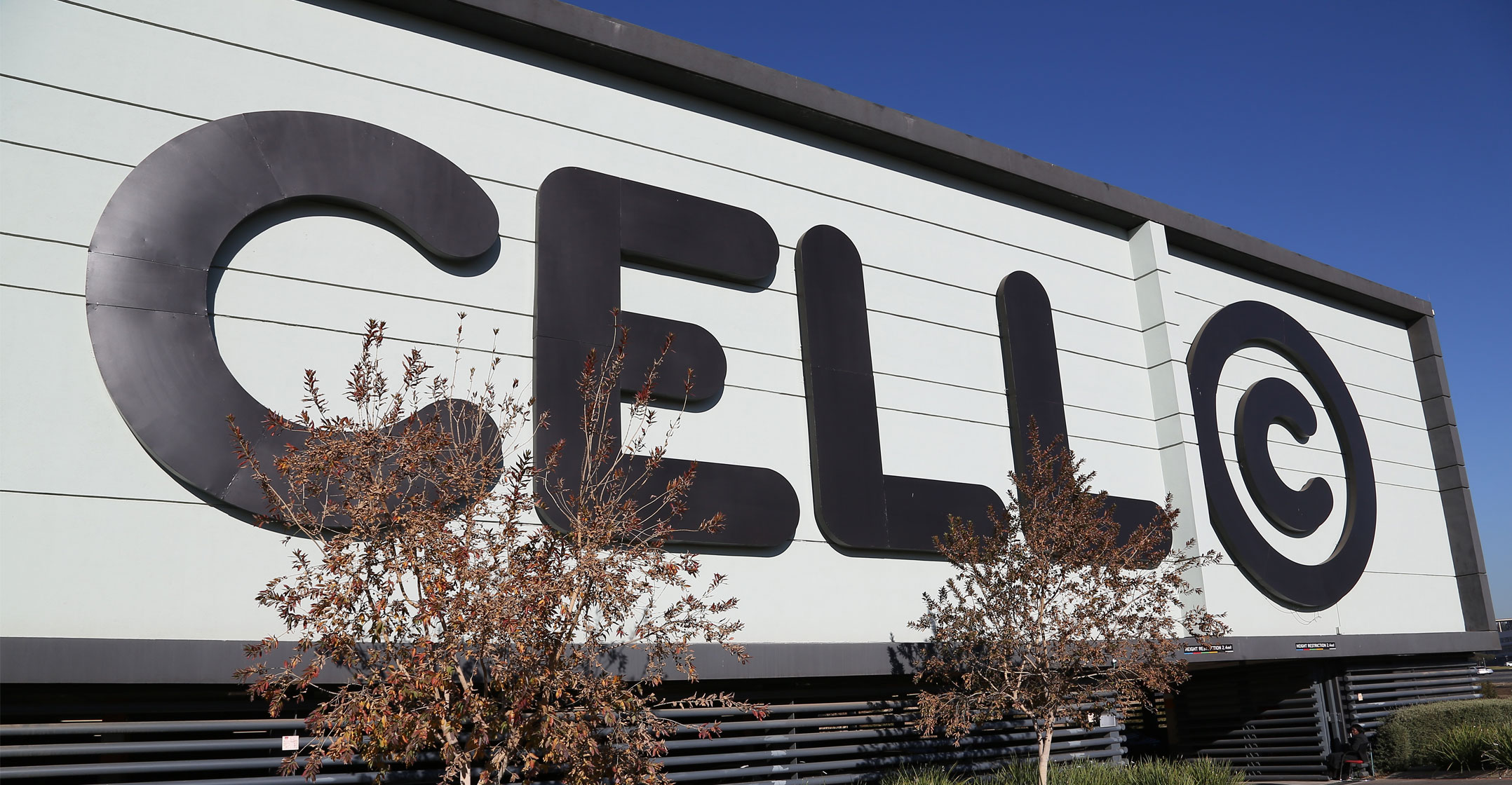 It’s the middle of September, and Blue Label and Net1 UEPS Technologies are unable to publish their annual financial results. Both are waiting for Cell C to conclude its reporting process so they can ascertain the valuation of their joint asset.
It’s the middle of September, and Blue Label and Net1 UEPS Technologies are unable to publish their annual financial results. Both are waiting for Cell C to conclude its reporting process so they can ascertain the valuation of their joint asset.
The delay has made some investors very wary as to what the joint damage will be on the financial statements of both entities, the sentiment being how much worse can it get?
In 2017, Blue Label Telecommunications led a consortium, which included Net1, to buy Cell C.
At the time of the acquisition, Blue Label was a profitable, cash-flush distributor of prepaid airtime, starter packs, data and electricity tokens. It also specialised in transactional offerings such as ticketing and financial services.
The investment rationale was that the acquisition would enable vertical integration of the two companies and activate synergies in product distribution.
By 2020, it was envisioned that Cell C would list on the JSE, through which Blue Label would earn a return on its investment and a liquidity injection from issued shares.
The transaction was R5.5-billion for effectively a 45% stake in Cell C. If one tracks the share price of Blue Label and Net1 since the acquisition, the value destruction is obvious. The Blue Label share price has depreciated by well over 90% in the last two years and continues to decline, with no end in sight.
Binding term sheet
In February 2019, after less than two years of effective Blue Label control, Cell C announced that it had signed a binding term sheet with the Buffet Consortium, led by reclusive billionaire Jonathan Beare. The agreement was for the company to acquire a minority investment and the funding would be used to recapitalise the business (pay some debt down and bolster the network infrastructure).
Cell C launched its mobile network business in November 2001. The initial licence was granted in 1999, yet due to much controversy and an ensuing court case, it only received the licence officially in June 2001. Consumers were less likely to switch to a network offering poor coverage, no matter how good the tariffs were; therefore, a key operating challenge for Cell C from day one was to have national coverage. It still doesn’t have national coverage.
By 2017, almost 16 years later, the hope that Cell C would break the duopoly of Vodacom and MTN had faded into thin air. The company was saddled with approximately R19-billion worth of debt at the time and hopes of achieving 20% market share were close to impossible. Cell C’s market share is estimated at 13%.
 The company is currently facing some very real challenges, none of which is child’s play:
The company is currently facing some very real challenges, none of which is child’s play:
CellSAf: When Cell C launched, 40% of it was held by black economic empowerment entity CellSAf. Since 2015, Cell C has been in various litigation battles with the part shareholder. The crux of the issue is that there has been no value creation at the mobile phone operator. It should be noted that CellSAf initially objected to the acquisition by the Net1/Blue Label consortium. Hence its complaint to the Competition Commission in 2017 that the structure of the acquisition handed over a controlling stake and its stake shrunk to 7.5%, with no benefits to the shareholders. As reported by TechCentral, CellSaf has made various allegations of fraud against 3C Telecommunications. Although the entity is a minority shareholder of Cell C, the accusations do present something of a reputational risk to the latter.
MTN roaming service agreement: In 2018, Cell C and MTN entered into a roaming agreement that was meant to allow Cell C to piggyback on MTN’s network. But last month, on releasing its interim results to June 30, MTN noted that Cell C had failed to make payments on its service agreement and that the total unpaid bill was R393-million (as of June 2019). MTN had written off about R211-million of the amount due, considering the amount irrecoverable. In addition, MTN said it would be evaluating the sustainability of its agreement with Cell C due to the amount outstanding. In response, Cell C and Blue Label said they were working to address some of the concerns raised.
Credit rating: In August, S&P Global Ratings downgraded Cell C to default status. In July, Cell C had failed to make interest payments worth R194-million on certain bilateral loan facilities, totalling 40% of its total debt as at 31 December 2018. Bloomberg quoted Cell C as saying that it was in talks with its lenders to work on its debt profile, adding: “We plan to complete a recapitalisation of the business by the end of the year, if all goes according to plan.”
 Corporate governance: In July, Cell C announced that it had appointed law firm Bowmans to “investigate any parts of the business where we suspect that there may be irregular business practices”. Neither the company nor Blue Label have given a breakdown of exactly what these irregular business practices are – or, more concerningly, if they involve anyone in management. To add further fuel to the fire, the Competition Commission announced that it would be investigating Blue Label Telecoms for prepaid airtime arrangements that are allegedly disempowering to black-owned small, medium and micro enterprises.
Corporate governance: In July, Cell C announced that it had appointed law firm Bowmans to “investigate any parts of the business where we suspect that there may be irregular business practices”. Neither the company nor Blue Label have given a breakdown of exactly what these irregular business practices are – or, more concerningly, if they involve anyone in management. To add further fuel to the fire, the Competition Commission announced that it would be investigating Blue Label Telecoms for prepaid airtime arrangements that are allegedly disempowering to black-owned small, medium and micro enterprises.
Black streaming: In August, Cell C announced that it would be reviewing the channel options for its streaming service Black, which it launched in 2018 in response to popular streaming platforms such as Netflix, Showmax and Amazon Prime. Based on the 2018 reported financial figures alone, Cell C spent just shy of R524-million acquiring programming and movie rights for its video-streaming platform. According to FY2018 figures, around 2.5 million people browsed through the Black catalogue. Also, at the time, 260 000 customers accessed Black using a free trial option, with 60 000 transactions complete to date. That said, it is quite challenging to determine whether the investment has yielded a return.
Wholesale LTE: In August, Cell C announced it would be terminating its wholesale LTE wireless broadband offering as these customers made up just 0.5% of its base, but were using 20% of its data network capacity. The issue with this specific move is that the wholesale clients who partnered with Cell C in this venture were tied to thousands of retail customers.
Competitive landscape: It is clear from Vodacom, MTN and Telkom full-year reporting that the South African mobile market has hit its maturity stage. The determination of growth and survival through the fourth Industrial Revolution depends largely on organisations’ ability to invest in capital infrastructure and drive innovation in service offering (such as fintech) on the back of wider spectrum allocation.
 What now for Cell C?
What now for Cell C?
If one looks at the timeline from the Net1/Blue Label acquisition to the proposed equity injection (“bailout”) by the Buffet Consortium, and the litany of legal and operating challenges faced by Cell C up to the present day, one cannot help but wonder what level of due diligence was conducted and how realistic some of the expectations were when the deal was done in 2017. While some of the challenges rely on a combination of a difficult operating and regulatory environment, poor decision making cannot be discounted.
It should not be lost on us that if Cell C fails, thousands of employees risk unemployment in an already-struggling economy.
Plus an even less competitive environment would ensue, with fewer mobile telcos, which would reduce downward pressure on pricing.
We wait with bated breath for the release of Cell C’s financial statements, and to see whether its recapitalisation will proceed.
It is worth noting that, from inception, no one has made an equity return for investing in Cell C. It’s doubtful Mr Beare will be any different.
- This article was originally published on Moneyweb and is used here with permission




